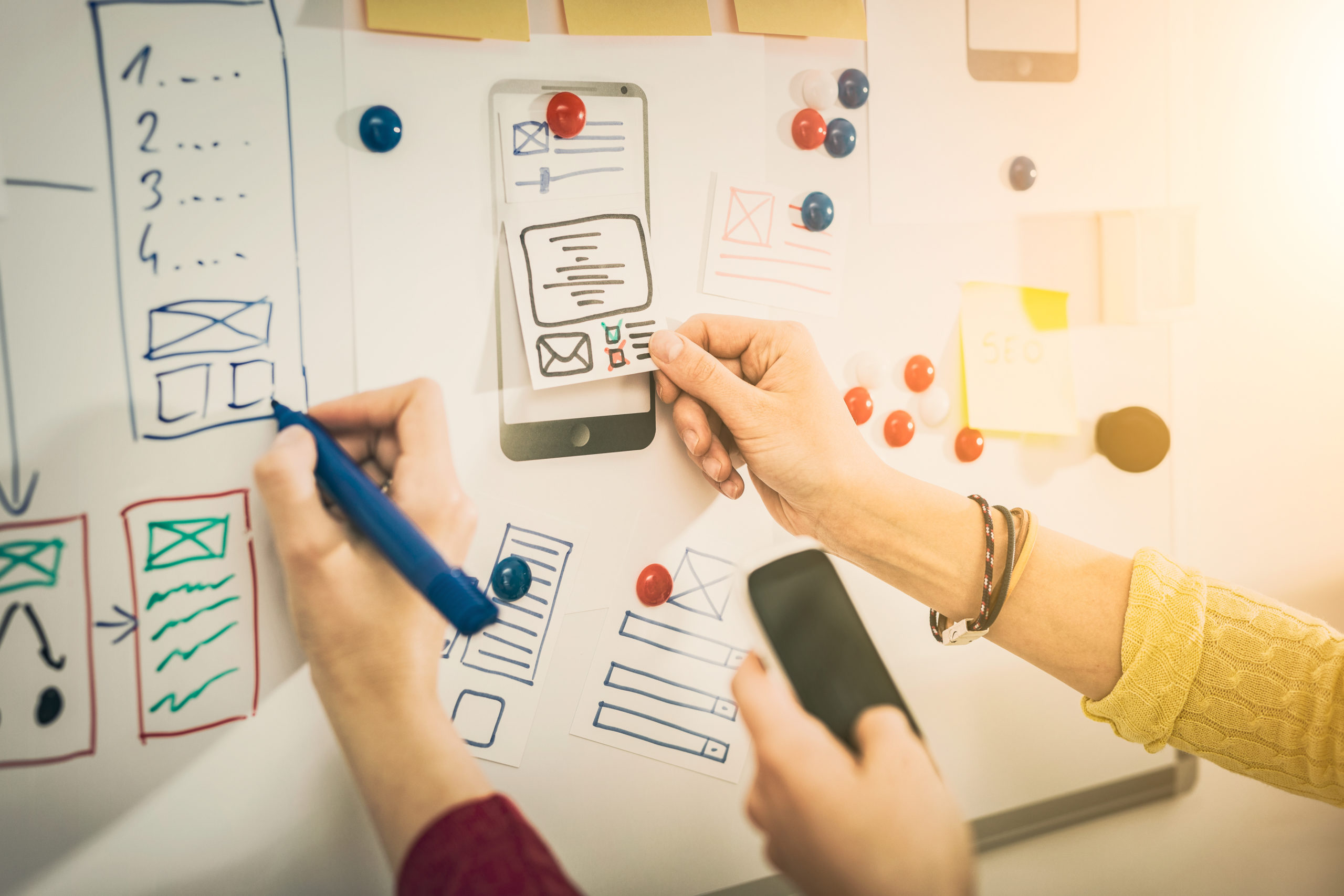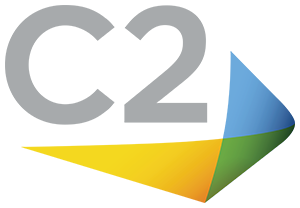What is User-Centered Design?

At its core, user-centered design aims to design and develop products from the perspective of how it will be understood and utilized by the end-users. This gets accomplished through a six-phase process:
- Research: Identify the target end-users, their goals, and their context of use.
- Requirements: Use the research gathered to specify and prioritize tasks.
- Design: Start with rough concepts and then evolve through wireframes, mockups, and prototypes.
- Validate/Iterate: Continuously gather feedback and conduct usability testing to improve upon designs.
- Implement: Develop and deliver the product.
- Deploy: Make the final product available to users.
More detail, please!
You asked for it. Here’s the all-encompassing, long-winded definition:
“User-Centered Design (UCD) is a user interface design process that focuses on usability goals, user characteristics, environment, tasks, and workflow in designing an interface. UCD follows a series of well-defined methods and techniques for analyzing, designing, and evaluating mainstream hardware, software, and web interfaces. The UCD process is an iterative process, where design and evaluation steps are built in from the first stage of projects, through implementation.” [1]
Ok, let’s break that down a little bit:
Usability Goals: Traditionally, there are four:
- Usefulness: Can the user achieve their goal(s)?
- Effectiveness: How quickly and easily can the user achieve their goal(s)? Also known as “ease of use.”
- Learnability: How easy or hard is it for a new/infrequent user to learn?
- Attitude: How does the user feel about the product? Also known as “likeability.”
User Characteristics and Environment: How technically “savvy” is the user? Is the user color blind? Is the user navigating the product while at his or her desk? Or are they using it at a particular job site? This gives us context and allows us to start building empathy for our users.
Tasks and Workflow: What is the user trying to accomplish? How intuitive is the set of steps to complete that task? This information allows us to start building out and prioritizing functional requirements.
The key takeaway here is that the user-centered design process is very heavy on up-front user research because it’s integral to designing a product that actually achieves your user’s needs and provides an enjoyable experience.
What’s the difference between user-centered design and user experience?
User-centered design is a process followed during the creation of a product; user experience is the user’s overall perception of using said product. Adhering to the user-centered design process allows us to truly understand and design for our users, thus enhancing the overall user experience. Additionally, by referring to credible user research and data, it takes the guesswork and personal opinions out of the design.
How can user-centered design help to achieve business goals?
Let’s put it this way: when companies develop a product and prioritize business goals over their users’ needs, they often spend more time redesigning the product afterward. When products are designed with a user-centric approach, especially when the UCD process is integrated with agile development methodologies, businesses stand to see numerous advantages. When all activities are focused on the user’s needs, the company is far more likely to create a valuable and engaging product, thus ensuring higher customer satisfaction. Transparency throughout the product development cycle drastically reduces risk, both with stakeholder and user expectations. Costs are also reduced when users immediately understand how to use a product without additional training or support.
Final thoughts
User-centered design is a set of processes that guides companies to create more thoughtful and effective solutions to assist users in achieving specific goals. This leads to greater overall user experiences, which, in turn, often leads to more successful and efficient business practices.
Since joining C2, I’ve implemented aspects of the user-centered design process in two major client projects. One project just went live with a completely overhauled application workflow, tailored to the needs of several different user types, and is already receiving excellent feedback. The other client project is still in the early phases of design, but after completing a lengthy user research phase, we are all aligned on the go-forward design strategy. As C2 continues to take on clients with unique product needs, I’m excited to continue inserting user-centered design practices that lead to more enjoyable user experiences.
[1] “Just Ask: Integrating Accessibility Throughout Design” by Shawn Lawton Henry, 2007
